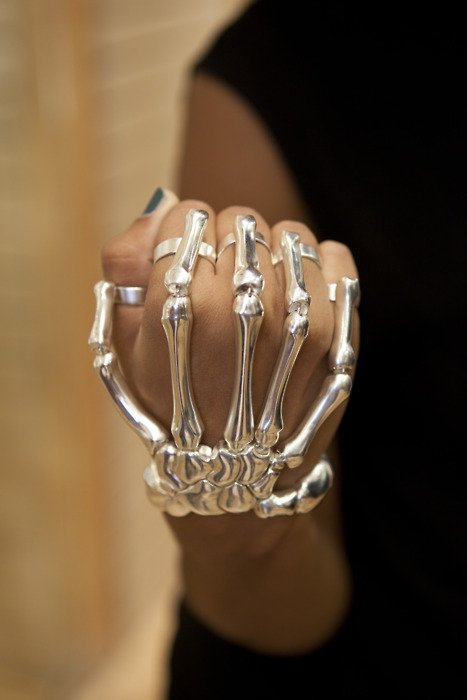

Overusing our search engine with a very large number of searches in a very short amount of time.Using a badly configured (or badly written) browser add-on for blocking content.Running a "scraper" or "downloader" program that either does not identify itself or uses fake headers to elude detection.

Using a script or add-on that scans GameFAQs for box and screen images (such as an emulator front-end), while overloading our search engine.There is no official GameFAQs app, and we do not support nor have any contact with the makers of these unofficial apps. Continued use of these apps may cause your IP to be blocked indefinitely. This triggers our anti-spambot measures, which are designed to stop automated systems from flooding the site with traffic. Some unofficial phone apps appear to be using GameFAQs as a back-end, but they do not behave like a real web browser does.Using GameFAQs regularly with these browsers can cause temporary and even permanent IP blocks due to these additional requests. If you are using Maxthon or Brave as a browser, or have installed the Ghostery add-on, you should know that these programs send extra traffic to our servers for every page on the site that you browse.The most common causes of this issue are: It is also used by heavy metal and punk bands along with sports teams and the military.Your IP address has been temporarily blocked due to a large number of HTTP requests. Modern-day use of the skull and bones is to depict poison on bottles. The Knights Templar skull and bones symbolize Golgotha where Christ was crucified. Within these societies, the skull and bones symbolize mortality and a warning to keep the secrets of the society. The Knights Templar also uses skull and bones as a motif. One of the most known examples of this is the Yale University secret society called Skull and Bones. Many fraternal societies and secret societies use the skull and bones as a motif. Many different types of sporting teams in the United States that are called the Pirates use the skull and bones symbol. The Raiders, a football team in the United States, use a twist on the skull and bones symbol on their uniforms to warn other teams of the danger of playing against them. The skull and bones symbolized the danger of the sport and rebellion. Rugby teams in Great Britain started using the skull and bones symbol in the 1870s. It symbolized memento mori and later the victory of Christ over death.ĭifferent teams have used the skull and bones symbol. In Northern Europe, the skull and bones were used on rosaries and large wall hangings. In the 1850s in New York, the skull and bones symbol was first used on medication to show danger or death. The skull and bone symbol was also used by Nazi troops during World War II. During World War I some pilots used the skull and bone insignia on their airplanes. The White Kornilov Division, during the Russian Civil War, had skull and bone patches. Many divisions of the British Army also use the skull and bones on parts of their uniforms. The Kuperjanov Battalion of the Estonian army uses the skull and bones as a symbol. The United States Marine Corps also uses the skull and bones as an emblem. The Royal Navy Submarine Service now uses the Jolly Roger as its official emblem. With the decline of pirates, some military vessels used the skull and crossbones flags, also known as the Jolly Roger, to show their toughness and ferocity. The skull and bones symbol was associated with pirates from the 14th century onwards. The skull and crossbones symbol was developed from Danse Macabre symbolism originating in France. It was used as a memento mori, an artistic reminder of death, on tombstones during that time. This symbol was used as a symbol of death around 1200 A.D. There are beliefs that the modern skull and bones symbol came from Ancient Egypt where pharaoh’s tombs would have the pharaoh carved in the top with two crossing scepters beneath.


 0 kommentar(er)
0 kommentar(er)
